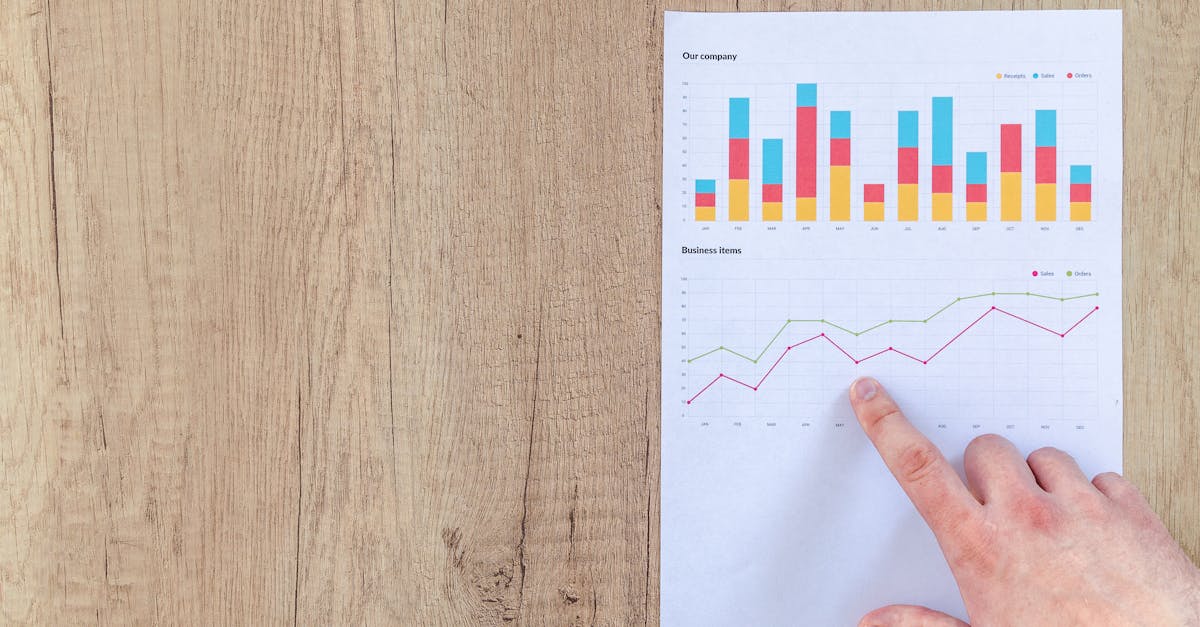
iot devices
Table Of Contents
The rapid advancement of technology has given rise to various innovations that are transforming how businesses operate. One such innovation is IoT asset tracking, which leverages the Internet of Things (IoT) to enhance visibility and control over physical assets. By employing various sensors and devices, organizations can monitor and manage their assets in real time, reducing losses and improving efficiency. As companies increasingly seek to optimize their operations, iot asset tracking has emerged as a vital tool for ensuring that every item is accounted for and easily accessible.
The significance of iot asset tracking extends beyond mere inventory management; it plays a crucial role in improving safety, compliance, and decision-making processes. In industries such as logistics, manufacturing, and healthcare, real-time data provided by iot asset tracking systems helps streamline workflows and mitigate potential risks. Furthermore, the growing importance of sustainability practices makes iot asset tracking essential for organizations looking to minimize waste and enhance their environmental impact. As businesses continue to embrace the transformative power of technology, understanding the implications of iot asset tracking is vital for staying competitive in today's fast-paced market.
Security Concerns with Internet of Things Technologies
Such innovations in Internet of Things devices have introduced a unique set of safety concerns for users. Smart devices can be vulnerable to unauthorized access, exposing personal data at risk. Various IoT gadgets often collect sensitive details which, if not properly secured, can lead to breaches of privacy. Furthermore, the lack of standardized security protocols across different gadgets can create gaps that hackers can exploit.
Consumers may not be fully aware of the potential vulnerabilities that come with using Internet of Things devices. This lack of knowledge can lead to carelessness in managing their safety. Regular updates and patches are essential for maintaining the integrity of these devices, yet many users fail to implement them. Lack of user education on the best practices for securing IoT devices can further exacerbate these issues. Confronting these safety challenges is crucial for ensuring a safer experience in the evolving landscape of connected technology.
Ensuring Security when Using IoT Technologies
In today's connected devices, ensuring security is essential a priority for users. IoT gadgets often collect large amounts of user data, which can potentially putting at risk private information. As a result, it is vital for users to implement measures to secure their information.
One effective way to boost security is by utilizing the available protection options of IoT devices. Periodically upgrading software can help in closing any potential security gaps. In addition, users should be mindful of the permissions granted to applications associated with these devices. With such practices, individuals can effectively limit their risk of data leaks.
Methods to Implement IoT Technologies for the Lifestyle
Integrating IoT technologies for the house might enhance ease of living and efficiency. Start by selecting connected devices that fit your needs. One way to initiate is by adding smart bulbs that can be controlled from your smartphone. This move not only adds ambiance to your space but also saves energy.
Additionally, considering the integration of intelligent heating and cooling systems can greatly contribute your house comfort. Such technologies allow you to control your home's temperature seamlessly and can adapt to your preferences over time. Integrating IoT devices like intelligent surveillance systems can also enhance the protection of your house. Through taking these steps, you can develop a more connected living space.
Effective Ways to Get Started with Internet of Things Devices
Starting started with Internet of Things technologies may seem daunting at first. But, adhering to some straightforward methods can make the process. Initially, select an Internet of Things platform that suits your requirements. This platform may include cloud platforms or applications that enable the integration of various technologies.
Next, ensure that your items are capable of working together with the platform you have selected. Connecting your Internet of Things technologies requires installing the necessary applications and refreshing their firmware if needed. As soon as everything is set up, users can start exploring the various capabilities and features that Internet of Things technologies offer, creating a more connected environment.
Discovering Capabilities of Internet of Things Gadgets in Medical
Discovering adoption of Internet of Things gadgets in medical has immense potential to revolutionize patient care. Such innovative gadgets enable real-time tracking of patients' vital signs, yielding more timely diagnoses. Smart health devices collect critical data, enabling healthcare providers to assess trends and formulate more informed treatment plans.
Moreover, the application of Internet of Things gadgets in medical boosts operational efficiency within medical facilities. Interconnected equipment can streamline routine tasks, liberating healthcare professionals to focus on patient interaction. Such approach also promotes better communication between patients and providers, creating a more collaborative healthcare environment that ultimately leads to improved patient outcomes.
How IoT Devices are Changing the Medical Industry
The IoT gadgets are valuable tools in the healthcare sector. These technologies enable real-time monitoring of patients, which results in improved health outcomes. Using connected gadgets, healthcare professionals can track vital signs and biometric data remotely, ensuring that timely interventions can be made when necessary. This type of innovation not only improves the efficiency of clinical practices but additionally empowers patients to take charge of their own health.
In addition, IoT gadgets optimize hospital operations and administration. By the use of connected systems, healthcare providers can efficiently manage resources and records. This technology reduces the chances of errors and ensures that medical teams can focus more on patient care rather than administrative tasks. Overall, the integration of IoT gadgets in the healthcare industry is paving the way for a more responsive ecosystem that benefits both individuals and medical professionals.